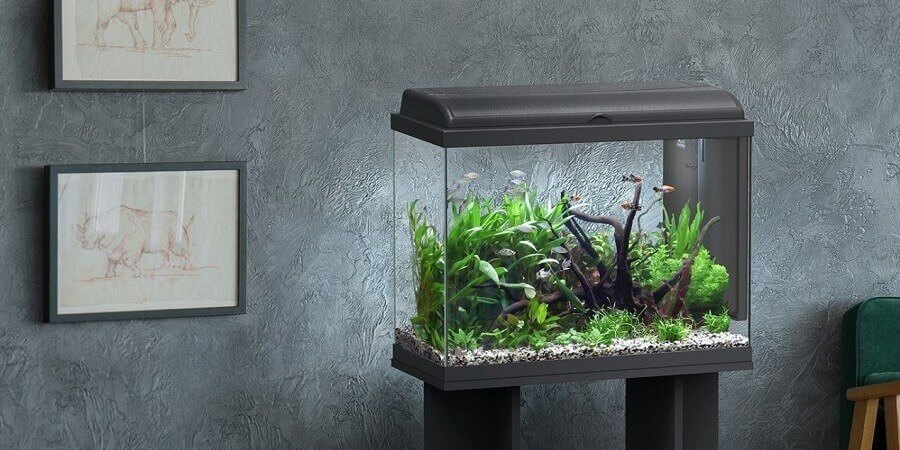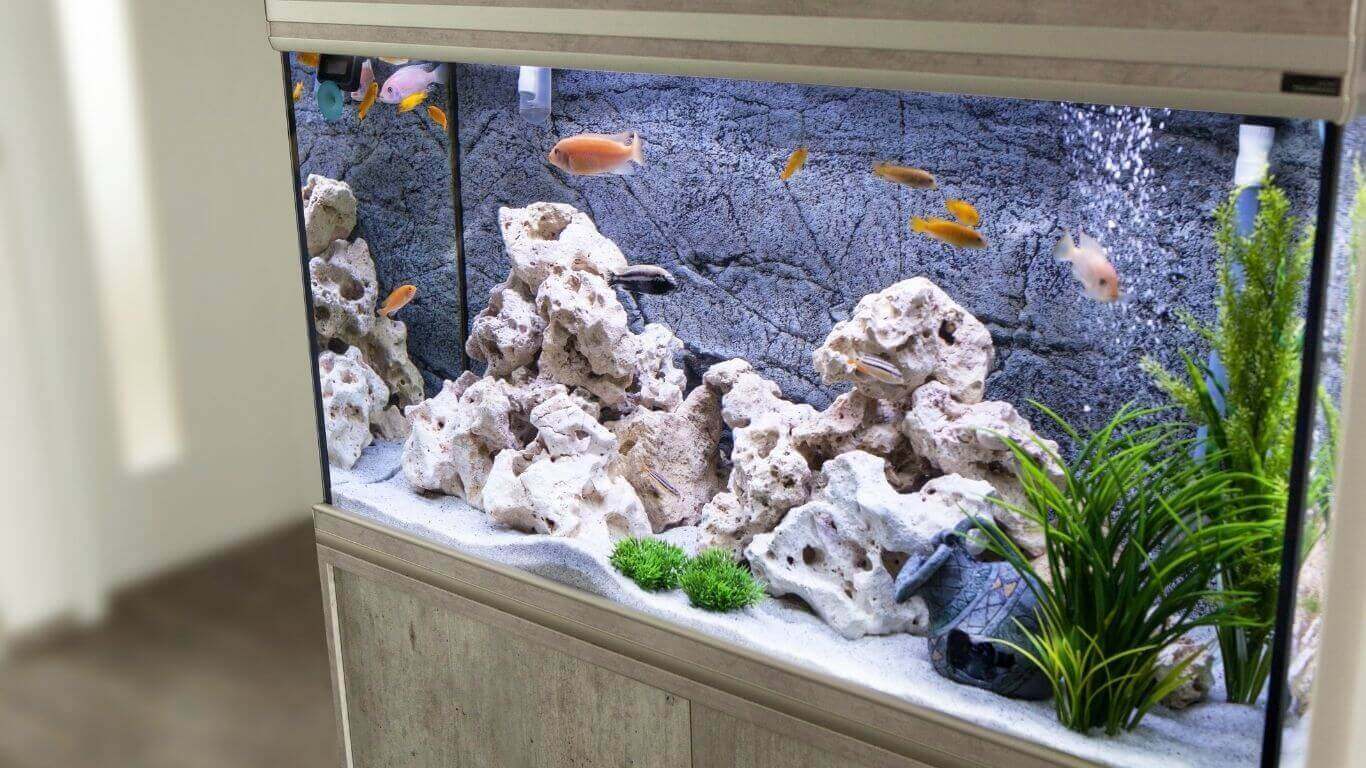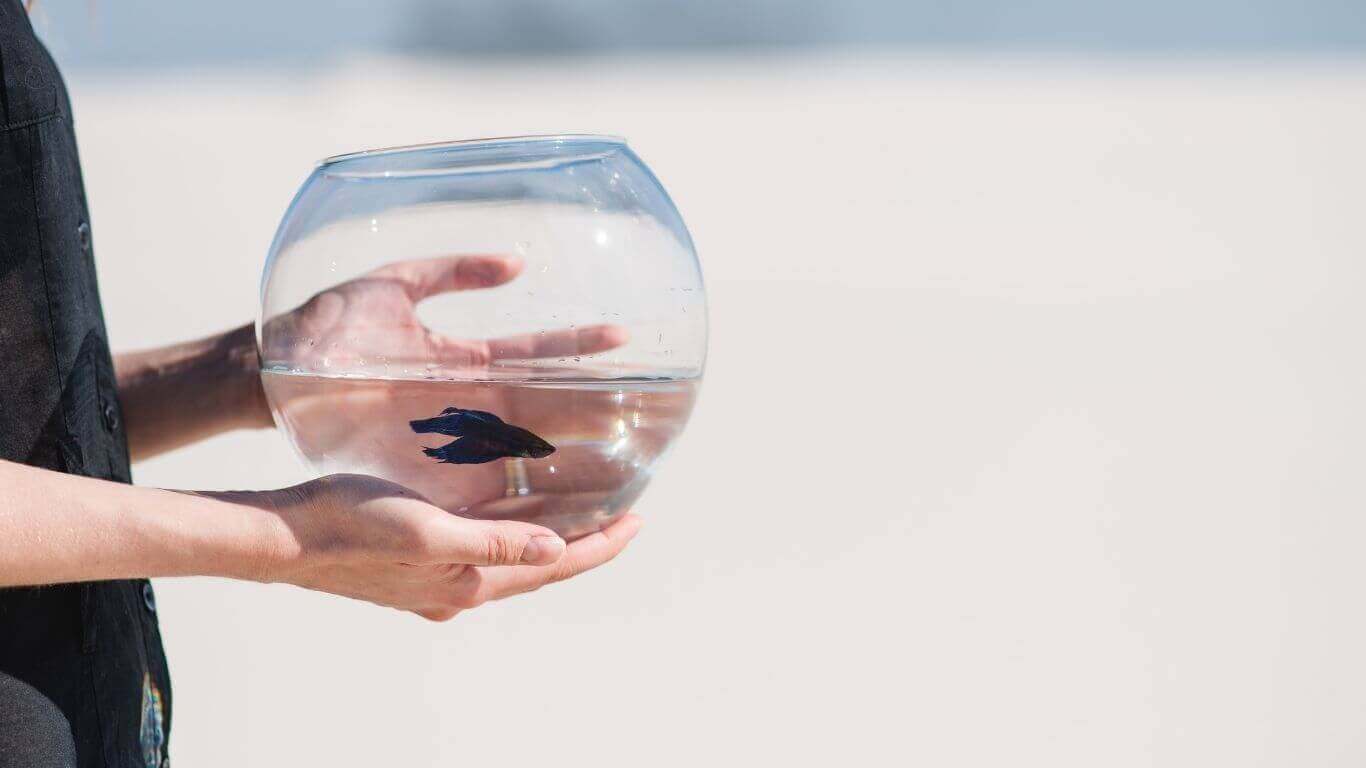
When you start out in the aquarium hobby, one of the most important steps in your fun activity will be stocking your tank. You need to follow certain rules for this process to go smoothly. I share some practical tips below to help you understand when to put fish into a new freshwater aquarium.
Setting up your freshwater aquarium
When you purchase your new aquarium, you will need to assemble it.
To that effect, you need to identify a strategic location conducive to the development of your aquatic pets. It needs to be sheltered from daylight.
Note that the latter considerably accentuates the formation and proliferation of algae. So, think about a place far enough away from the windows.
Leveling is also a must do. When choosing where to install your equipment, ensure that the support is level. This will limit inconvenience such as structural warping or breaking.
Experienced aquarists recommend the addition of a polystyrene sheet between the equipment and the cabinet. This gives you the opportunity to preserve all the vibrations.
The next step is to put in place the decorative elements that will fit into the tank.
Aquarium maturation

You have now completed the assembly of your aquarium and all its components (substrate, plants, filter, heater, pump). The last step involves adding water.
Before you begin, remember that tap water can be harmful to your pets if you immerse them directly in once the tank is full.
Note also that the fish tank is a closed ecosystem, hence the importance of monitoring and maintaining the quality of the water.
Water Testing: What to consider GH, pH
Before stocking your tank, you will need to consider various parameters such as the hardness of the water.
It represents the rate of minerals contained in the solution and is evaluated on an index called GH. Below 11, we discern soft water while above 16 it is considered hard. The average is between these two figures.
You should also check the acidity content or the pH (hydrogen potential).
If the pH value is less than 7, the water is acidic. Exceeding this threshold makes it basic.
These factors should be identified before inserting your fish. Indeed, the ideal conditions for these pets to grow vary from species to species.
To carry out your various experiments, you can use a colorimetric test. You must take a sample of the water and mix it with a chemical reagent.
Finally, you compare the shade with a card that will be issued to you upon purchase so that you are aware of the water condition.
You also need to watch the nitrogen cycle when filling the tank with water.
These are the transformation of wastes in the form of ammonia and nitrites into nitrates. The former is potentially fatal to fish, unlike the latter.
Seasoned aquarists believe that you should wait at least fourteen days before introducing fish into your tank.
However, I have added fish to a new tank after 24-48 hours. It all depends on how soon your pH, and GH stabilize. Your nitrogen cycle also plays a key role. In most cases, you can start adding your fish as soon as you notice a nitrite level of 0.
Expert Tip: You can learn more by reading our detailed article on How To Increase pH in Aquarium.
Adding Fish to the tank: acclimation and transfer process

Your tank is now ready to receive the fish you just bought from the pet store.
However, be careful not to immerse your pet companion directly in its new habitat. The thermal shock could be fatal.
To avoid this, always keep it in its plastic bag and let it float in the bin for about 20 to 30 minutes.
Then open the package and gradually bring the water from the tank into the container so that the two media are at the same temperature.
As soon as you feel that the heat level is similar in the small bag as in its new environment, you can let go of the fish.
Do not saturate your aquarium
If this is your first model, we recommend that you do not rush to buy an entire population of fish.
Just get a few, especially to get through the period of testing your tank for water hardness, acidity, and nitrite levels.
Note that if you introduce several fish at once it will only increase the nitrite content of the environment tenfold and favor a systematic extermination of its inhabitants.
The population of your tank should be done gradually. After inserting a group of fish, wait a few days or even a week before adding another.
To find the maximum occupant capacity that can be contained in your equipment, you will need to do a few relatively simple calculations.
You only need to factor in one liter of water for one centimeter of fish. That is, a 5 cm animal will need 5 L of water.
So, if you have equipment with a total volume of 200 l, you can fit 20 10 cm fish in it.
However, ensure that you check the species to introduce. Some cannot cohabit with others.
Indeed, there are aggressive races, territorial, or solitary.
Ask the pet store about those which ones can grow up together in the same environment.
Preventing problems with your fish
Fish do not always show the same reaction when they first enter their new habitat. There are those who quickly get used to their surroundings and others who take a while to adjust. Some hide, while others refuse to eat.
However, there are some abnormal behaviors to observe in your pets. For example, if fishes rub against each other, on windows or on decorations, it is possible that they have external parasites.
If the water quality is poor, your animals could also end up with sticky fins.
If you encounter surface fish constantly swimming in the bottom, you will likely need to check the temperature in the tank.
Otherwise, if you find them breathing surface air, it means they are lacking oxygen, or the ammonia level is quite high.
One of the best way to keep your fish healty is to maintain its environment clean. We explain in our next article how to remove algae from aquarium. You might want to check it out.
- Feeding Eggs To Fish - December 27, 2022
- Cure Swim Bladder Disease In Fish - December 27, 2022
- Can Damaged Fins Grow Back? - December 27, 2022
